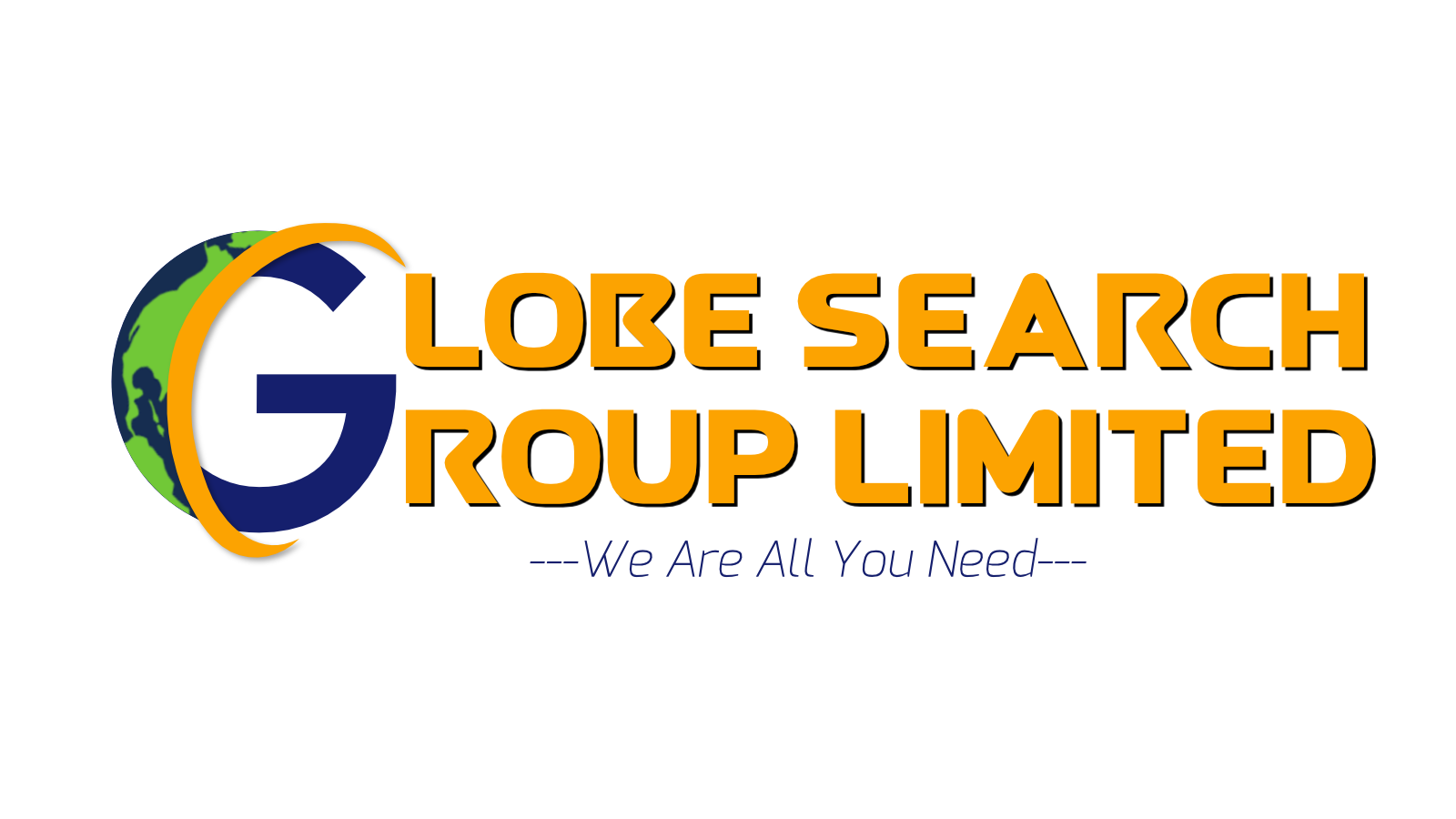Some cryptocurrencies like Monero are designed to be completely anonymous, making it possible for criminals to further mask their identities. Alternative methods of mining that rely on renewable power are being explored to mitigate that resource consumption, but current methods have yet to be replaced. Until we can find a carbon neutral solution, it’s hard to see cryptocurrencies, or any blockchain technology, freeing us from the problems of the current world order.
It’s a structure that enables safe and secure online transactions, the tracking of all data transfers, and the streamlining of processes. To ensure data security, all information in the blockchain is encrypted with mathematical cryptography, which only allows you to access your own information with your private key. This makes any kind of fraud practically impossible as the keys are absurdly long combinations of numbers and letters that would take years to decrypt. Security incidents and their impact on the economic losses like those reported by Bitcoin users have increased . Kuo, Kim summarizes the key challenges for blockchain adoption as transparency and confidentiality, speed and scalability, and the threat of a 51% attack.
Buy Now Pay Later Report: Market trends in the ecommerce financing, consumer credit, and BNPL industry
Thousands of computers on the blockchain rush to confirm that the details of the purchase are correct. After a computer has validated the transaction, https://www.nextcryptocity.com/ it is added to the blockchain block. Each block on the blockchain contains its own unique hash, along with the unique hash of the block before it.
- Blockchain is slowly going from a fringe system only used with cryptocurrency to legitimate business use for use cases such as building an LoB app on blockchain.
- The ConsenSys product suite leverages blockchain to address long-standing industry problems across traditional finance, decentralized finance, commerce, and trade.
- In some ways, the process of investing in shares and cryptocurrencies is the same.
- A blockchain is a distributed ledger that duplicates and distributes transactions across the network of computers participating in the blockchain.
- For example, because of its tamper resistance, it may be useful for applications involving many participants who do not necessarily trust each other.
- With this shared ledger, transactions are recorded only once, eliminating the duplication of effort that’s typical of traditional business networks.
Policymakers could support the development of educational materials to help users and regulators better understand blockchain technologies beyond existing financial applications. This can then lead to new sources of revenue as the organisation realises innovative ways to capture previously wasted value. This can help manufacturers source components that a blockchain can record as recycled or remanufactured, helping companies to clearly quantify their reductions in the use of virgin materials. Coca-Cola uses blockchain to record and reward the work of informal waste collectors in Africa, aiding its ability to track and trace recycled materials right through the supply chain.
Twenty real-world use case scenarios for healthcare and biomedical sciences solutions were reviewed and discussed throughout this paper, and are summarized in Table 3. These demonstrate the true potential for blockchain to influence a pragmatic paradigm shift in the delivery of healthcare, and in biomedical science. Governments, policy-makers, and healthcare organizations should be prepared for these anticipated blockchain technologies.
Blockchain Technology in Healthcare and Biomedical Research
Blockchain network has its own native crypto, used to reward miners and to pay for things, including fees. A private or permissioned blockchain, on the other hand, requires each node to be approved before joining. Because nodes are considered to be trusted, the layers of security do not need to be as https://www.nextcryptocity.com/what-is-blockchain-used-for-besides-bitcoin robust. A smart contract is a computer code that can be built into the blockchain to facilitate, verify, or negotiate a contract agreement. Smart contracts operate under a set of conditions to which users agree. When those conditions are met, the terms of the agreement are automatically carried out.
Additionally, blockchain is not controlled by a government, so it could become a global identification system. With people verifying they are whom they say, everyone could function as global citizens. Right now, it’s hard to imagine travel without paying for the ticket or needing to put a credit card on a room at a hotel.
It is undeniable that there are potential drawbacks of applying blockchain technology in education. Derived from the above mentioned four technical features, some advantages of their application using blockchain technology are described as follows. Central bank digital currency has been actively explored to prove security, scalability and resiliency of the systems and technology. Multiparty systems will be a key enabler for financial services infrastructure. Learn how customers are using Oracle Blockchain Platform to transform their business processes, enabling secure collaboration based on trusted data. The transaction data is sent across Bitcoin’s decentralized network of nodes.

